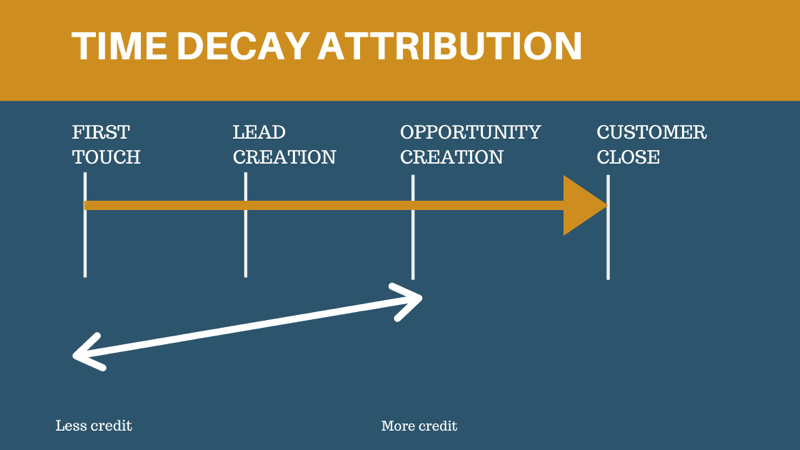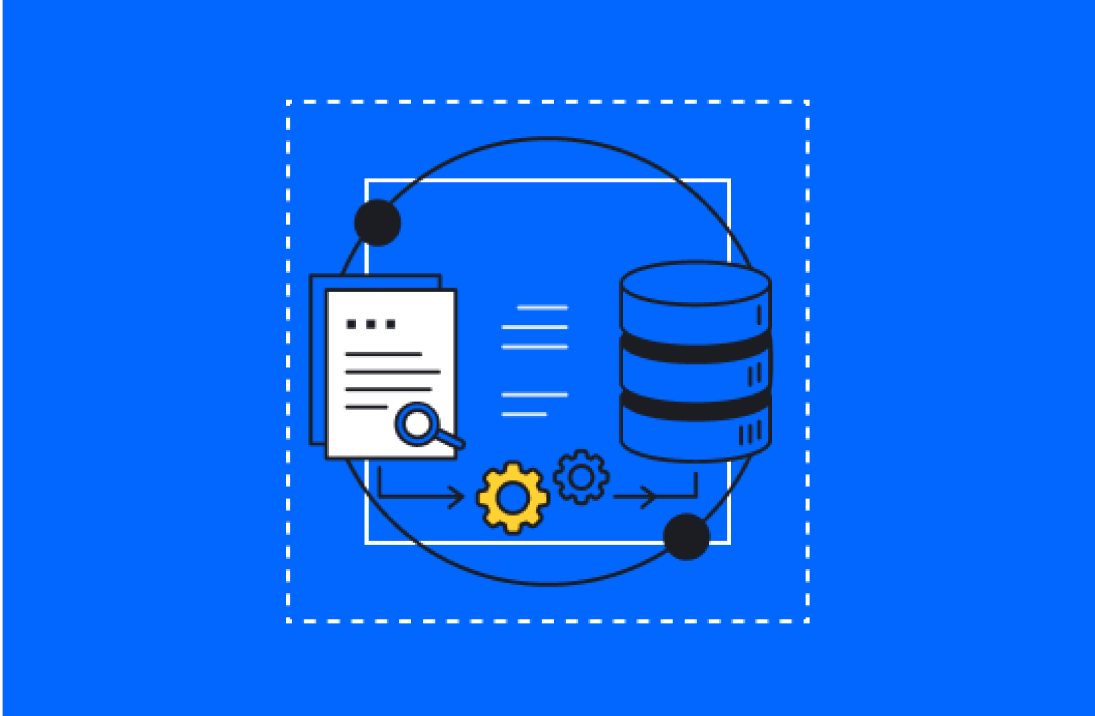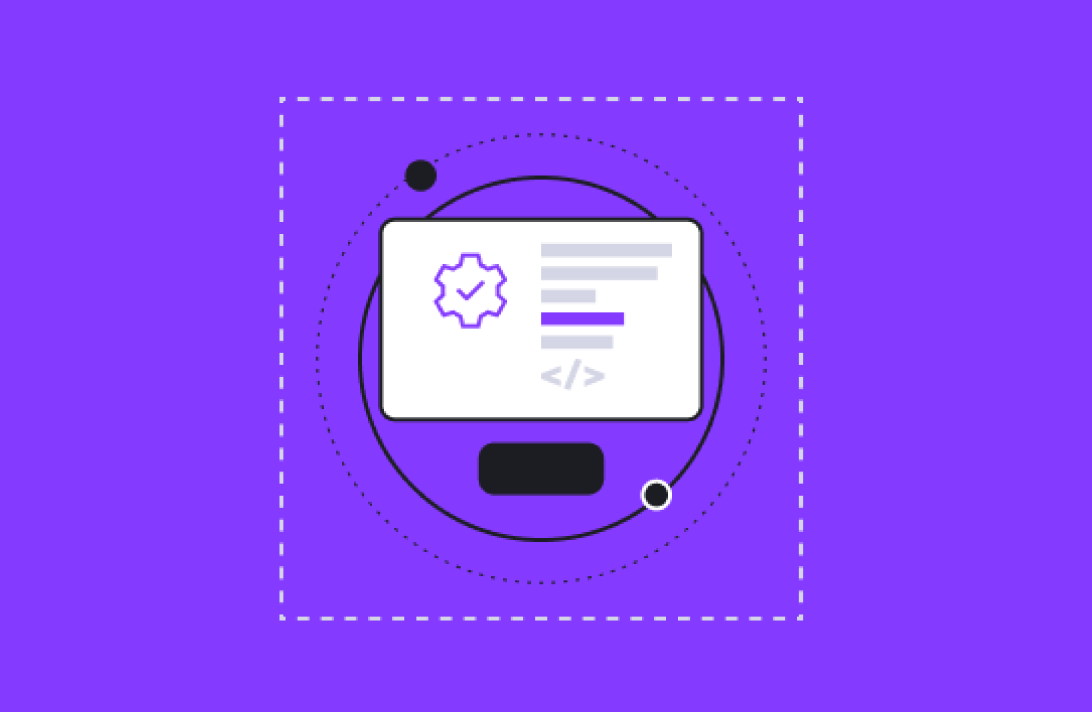Attribution modeling is an incredibly powerful tool for understanding the customer journey. It allows you to track and measure the success of your marketing efforts, giving you a clearer picture of what’s working and what’s not.
There are many different types of attribution models. Some place a higher level of emphasis on early or later touchpoints in the customer journey which can reveal which strategies in these areas are delivering the most value for your business. For example, a J-shaped attribution model assigns more credit to later touchpoints that lead to conversions and sales, while assigning less credit to early touchpoints like ad impressions.
But before you dive into attribution modeling, there are a few important things you need to understand and ask yourself as a business. Let’s take a look at some of the key considerations when implementing attribution models in your business.
What to Do Before Implementation
Your first step should be to identify how contacts are created in your database in the first place. This will give you a good idea of what initial touchpoints you have with your customers.
For example, you may be generating new contacts through both paid advertisements and organic outreach, such as through content and forms on your website. You should also consider how contacts might otherwise be classified and how they come to be in your CRM. You may generate contacts through non-direct means, such as through word-of-mouth marketing, events, or non-digital channels like print.
Before assigning an attribution model to your customer lifecycle, you’ll need to identify which of these strategies is most important to measure. What do you consider to be the important data to capture for attribution reporting?
Perhaps you want a better understanding of which strategies are generating the most contacts, or which bottom-funnel strategies are closing the most deals.
You’ll also need to count your assets, such as forms, content downloads, ads, content, and more. Once you’ve done this audit, you’ll have a much clearer picture of how customers interact with your business.
Finally, you must ensure you have firm definitions for each stage of the customer lifecycle. These include definitions for qualifications like marketing-qualified leads (MQLs), sales-qualified leads (SQLs), opportunities, prospects, and others.
Choosing an Attribution Model
Once you’ve concluded your audit, you should have a clearer picture of how people become contacts in your CRM and how customers work their way through the lifecycle. If you use a CRM like HubSpot, you should already have some preliminary data covering which assets are leading to conversions.
Now, you’ll need to identify to whom attribution should apply. Are there specific contacts you care about and others that are less important? Answering these questions will help you choose an attribution model and know how to apply it to understand how your marketing dollars are contributing to your bottom line.
For example, B2B businesses will typically have longer, more complex customer journeys than B2C businesses. That means an attribution model like time decay attribution might be more appropriate.

(Source: Social Media Examiner)
In this model, more credit is assigned to later touchpoints in the customer journey depending on how much time has elapsed between them and the initial touchpoint. This would enable your company to attribute more of your closed sales to bottom-funnel marking and sales activities, giving you a better understanding of which of these touchpoints contribute most to your bottom line.
A B2B business that focuses on account-based marketing (ABM) may even wish to focus its attribution modeling on a specific account or set of accounts.

(Source: Social Media Examiner)
By contrast, a B2C business might benefit more from a linear attribution model, which assigns credit to all touchpoints in the customer lifecycle equally. That’s because B2C sales cycles tend to be shorter—consumers will often buy items soon after the initial touchpoint, while it is still top-of-mind.
With this model, you can gain a better understanding of how touchpoints throughout the customer journey contribute to sales.
The right attribution model could help you answer questions such as these:
- How many leads does my blog generate?
- Which of my marketing channels contributes the most to sales?
- Which one of my bottom-funnel marketing activities produces the most conversions?
- How much revenue is generated from each paid advertising campaign?
There are many attribution models to choose from. In most cases, it could help to experiment with a few or choose multiple to apply in different circumstances based on what data you want to reveal about your channels and touchpoints.
Reporting on Attribution
If you use HubSpot, reporting on attribution is relatively simple. Simply navigate to the “Reports” section, then select “Create custom report” and choose the Attribution report. From there, you’ll be able to select reporting based on revenue or contact creation.
According to HubSpot, “Each attribution report includes a ‘Learn about Attribution Models’ modal that allows you to toggle the different models and see firsthand how they apply credit to the interactions.”

(Source: HubSpot)
In the example above, HubSpot has applied a linear attribution model to assign credit to each touchpoint that contributes to the generation of new contacts.
You’ll also have options to change your chart type and assign filters like dates, deal type, deal pipeline, deal owner, companies, and contact types. You can even use HubSpot’s data tools to analyze different aspects of the customer journey. This is what allows you to see the data and reports that matter most to your business.
As HubSpot describes it, “You can understand which types of interactions, which types of content, which sources of interactions, and other dimensions attributed the most to your goal.”
Get Started with Attribution Modeling
As you can imagine, there are many ways you can generate attribution data using the models and tools at your disposal. If you’re a HubSpot user, you’re already ahead of the game, as you won’t have to generate any of this data manually.
That said, you may need some help identifying and applying the best model for your business. You may also need some assistance acting on the information you glean from your reports.
Contact us at Aptitude 8 to learn how we can help you get the most out of your attribution reporting.







